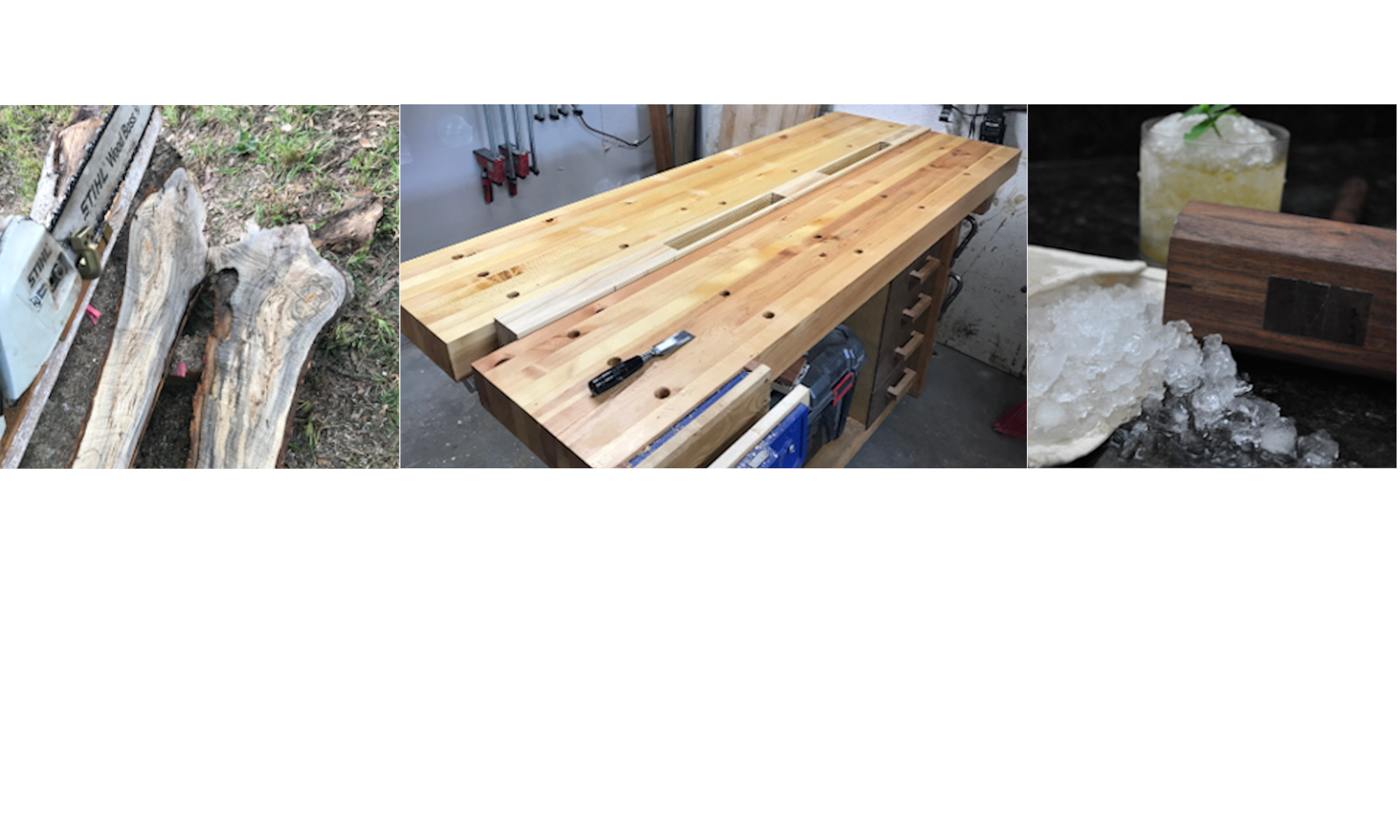Planking the skiff
Spoiler alert, our skiff had all her planks installed just before the end of the first quarter. I was pleased to be able to reach this milestone before winter break. We divided the workload into a few teams, I was on a team working on side planking. In the last newsletter we had installed the garboard strake on both sides. For the 2nd strakes (not sure if this one has a proper name) we started off by creating a pattern on the plank by simply holding it up the boat and marking reference lines. The challenge is the material is at full size does not want to conform to the shape of the boat (especially at the bow). As a result we methodically remove material until we are satisfied with the fit, I believe it took 5 or 6 fittings, where each time, we gained a little more information and moved closer to the final shape. The gains and ship lap are carved into the bow and the stern (see pictures), then the plank is riveted to the garboard, avoiding frame locations. The process for the 3rd strakes is largely the same except we used a patterning technique where we attach a piece of patterning stock narrower than the strake and hot glue small tabs at each reference mark. This shape is then be transferred to the stock. We did less fittings this time, the number of fittings required depends on how confident you are with your patterning. During one of these fittings I was clamping the strake to the stem and it happened, I cracked the plank (a big one right down the center). We tried rescuing it with some glue but alas it cracked again. So we made a new plank and learned about steam bending. I didn’t take a picture of our setup but if you can imagine a propane fired turkey fryer burner heating up a 30 (ish) gallon tank of water to a boil where the outlet goes into a long box. The box is sized such that is can accept long planks. Steaming the plank breaks down the lignin (the natural glue that holds all the wood fibers together) and allows it to become flexible. When warm, if the plank is clamped to a specific shape when it cools it will take on that shape (results may vary). The general rule of thumb is 1 hour per inch so we left our planks in the box for 30-45 mins. When steam bending planks organization is key, having everything in place when the plank comes out of the box. For our situation we clamped our plank to the boat and let it cool. You can see some pictures of the sheer strake after steam bending. For the sheer strake we patterned using the drawing arcs method, where a set of dividers is used to make reference points using multiple arcs. When you lay the pattern out on the stock those arcs are used to transfer points. We steamed the sheer strake as well and spent a little more time comparing each side as this is the of the boat and we wanted it to be as symmetrical as possible.
















While all this steam bending and riveting was going on another team was hard at work planking the bottom. The planking on the bottom is also cedar but it was milled from 4x4s from a local hardware store. Its amazing the local hardware store is carrying stock this nice. The bottom planking is carvel so it is milled with a bevel to accept cotton caulking (sounds like corking on the west coast) between each plank. The caulking not only helps to seal the planks from water but also an integral part of the structural integrity. The team started at the stern of the boat, laying out 3 to 5 planks at a time. Taking care to make sure they are square to the centerline of the boat and are compressed tightly together. Once fitted they are removed and a layer of flexible adhesive along with a cotton string are added. The string prevents the adhesive from being squeezed out of the joint and lets it act more like a gasket between the bottom plank, chine logs and apron.




A common tradition in boat building is the whiskey plank. The builders (and whomever they invite) have a small toast and celebration when the last plank is installed. I imagine this milestone in the boat build process could be used as a motivational tool back in the day. Its pretty straightforward, you drink some whiskey and splash a little on the boat. We had our whiskey plank celebration on the last day of the quarter. We also had the genius idea to flip the boat over and see what she looked like, even though there is still plenty of stuff to do while she is upside down. I am pretty happy with how my first boat project turned out, we named her PRETTY ALRIGHT.





First quarter wrap up
So that’s a wrap for the first quarter. When school starts back up in the new year I’ll be in another shop so I won’t be working to finish out this boat. The projects I have asked to work on are the Marsh Cat and traditional Grandy. The Marsh Cat needs interior woodwork, rigging and finishing. The traditional Grandy is a ground up build that will be built next to a cold molded Grandy from the same lofting. An experiment to compare traditional and contemporary building techniques. There are many boats in my new shop, I anticipate contributing to some other boats as well. Looking forward to it!



Sorry to hear about the crack but sounds like you learned some new techniques.
Have a nice time in Canada